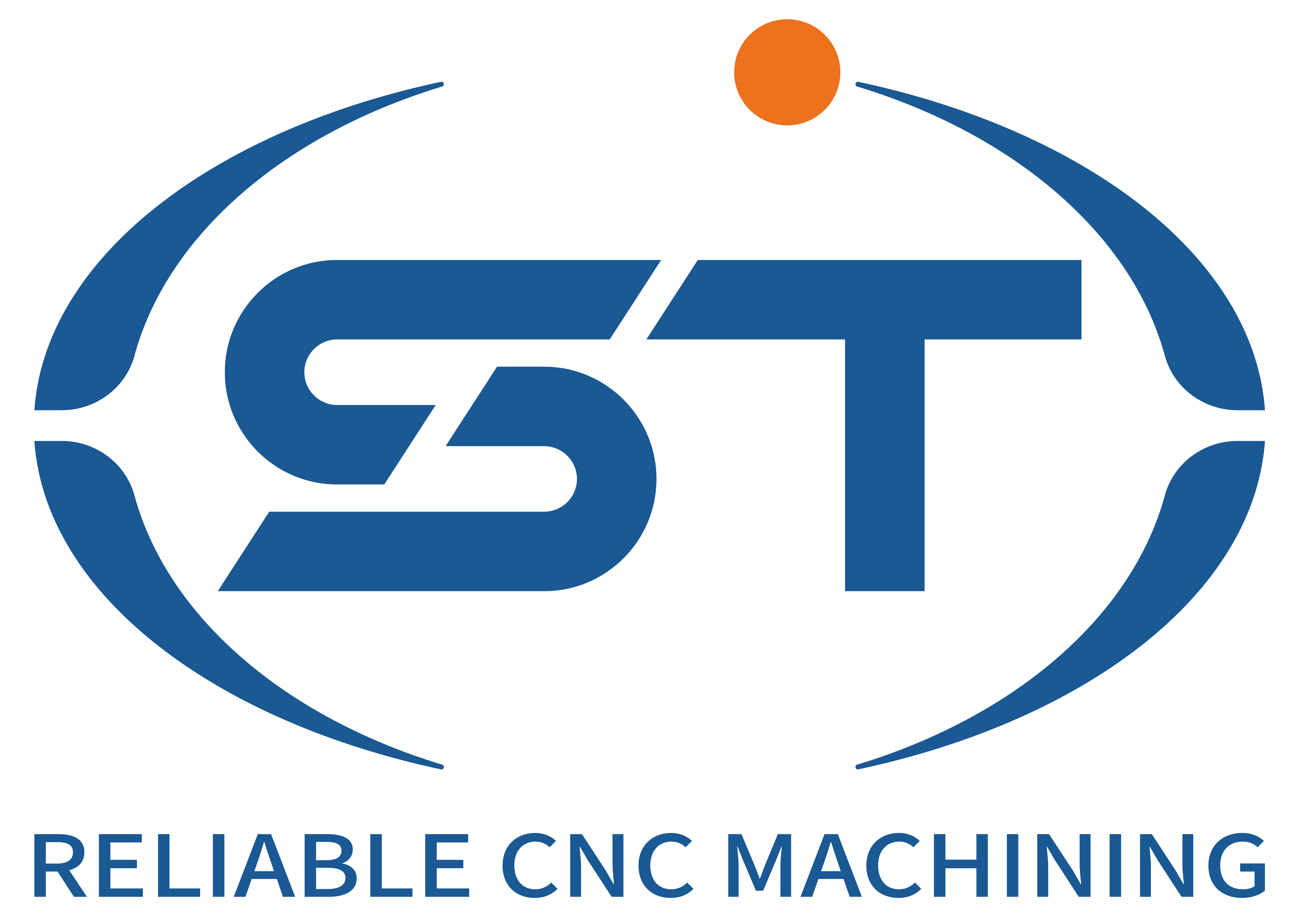IoT Applications in CNC Machining for Automotive Components
The automotive industry’s pursuit of real-time visibility, predictive maintenance, and seamless automation has driven the integration of Internet of Things (IoT) technologies into CNC machining. By connecting machines, tools, and processes to a digital network, IoT enables data-driven decision-making, reduces downtime, and enhances operational efficiency. Below are key applications and benefits of IoT in automotive CNC workflows.
Table of Contents
ToggleReal-Time Machine Monitoring and Performance Optimization
IoT sensors embedded in CNC machines collect data on critical parameters such as spindle vibration, temperature, power consumption, and cutting forces. This real-time monitoring allows manufacturers to track machine health and performance continuously, identifying deviations from optimal conditions before they lead to defects or breakdowns. For example, if a sensor detects excessive vibration in a spindle, it might trigger an alert to inspect the bearings or adjust cutting parameters to prevent damage.
Cloud-based platforms aggregate this data, enabling remote access and analysis. Engineers can monitor multiple machines from a centralized dashboard, comparing performance metrics across production lines or facilities. This visibility supports proactive maintenance, such as scheduling repairs during planned downtime rather than reacting to unplanned failures that disrupt production schedules.
IoT-driven monitoring also optimizes energy use. By analyzing power consumption patterns, manufacturers can identify inefficiencies—such as idle machines or suboptimal cutting strategies—and adjust operations to reduce energy waste, aligning with sustainability goals.
Predictive Maintenance and Tool Life Management
IoT technologies play a pivotal role in predictive maintenance by analyzing machine and tool data to forecast failures or degradation. Sensors track tool wear, temperature fluctuations, and operational hours, feeding this information into machine learning algorithms that predict when a tool or component will need replacement. For instance, if a drill bit’s vibration profile changes significantly, the system might estimate its remaining useful life and alert operators to schedule a replacement.
This predictive approach minimizes downtime by avoiding unexpected tool failures or machine breakdowns. Instead of replacing tools based on fixed schedules or manual inspections, manufacturers can adopt a “just-in-time” maintenance strategy, reducing costs and extending tool life.
IoT also supports tool management by tracking inventory levels and usage patterns. By integrating with enterprise resource planning (ERP) systems, manufacturers can automate reordering of consumables, ensuring tools are always available without overstocking.
Automated Quality Control and Process Traceability
IoT-enabled sensors and vision systems enhance quality control in CNC machining by providing real-time inspection data. For example, laser sensors or cameras can measure part dimensions, surface finish, or geometric tolerances as components exit the machine. If a defect is detected, the system can flag the part for rework or scrap and adjust machining parameters for subsequent parts to correct the issue.
This real-time feedback loop improves first-pass yield rates and reduces waste. By identifying quality trends—such as a recurring dimensional deviation—manufacturers can address root causes (e.g., tool wear or fixture misalignment) before they affect large batches of parts.
IoT also enables end-to-end traceability by linking part data to machine logs, tool histories, and operator actions. In the event of a recall or quality audit, manufacturers can quickly trace a part’s production journey, identifying potential sources of issues and demonstrating compliance with industry standards.
Integration with Smart Factories and Supply Chains
IoT technologies facilitate seamless integration between CNC machines, robotic systems, and other smart factory components. For example, IoT-enabled robots can receive real-time instructions from machine monitoring systems, adjusting their loading/unloading schedules based on machine availability or part readiness. This synchronization reduces bottlenecks and improves overall equipment effectiveness (OEE).
IoT also connects manufacturing facilities to supply chains, enabling real-time visibility into raw material availability or delivery schedules. If a machine detects a shortage of a specific material, it can automatically trigger a reorder or alert procurement teams to source alternatives, preventing production delays.
Furthermore, IoT supports collaboration across distributed manufacturing networks. By sharing data securely across sites, manufacturers can standardize processes, benchmark performance, and implement best practices globally, driving consistency and efficiency at scale.
By leveraging IoT technologies, automotive manufacturers transform CNC machining into a connected, intelligent, and responsive process. From real-time monitoring and predictive maintenance to automated quality control and supply chain integration, IoT enables smarter, faster, and more reliable production—key advantages in an industry where precision, agility, and uptime are non-negotiable.




